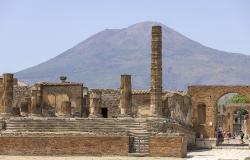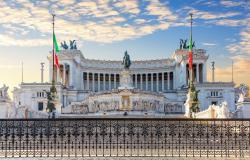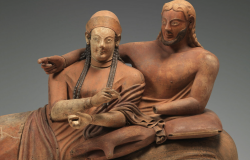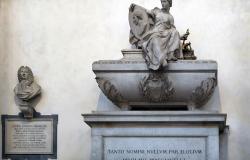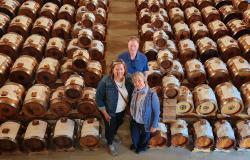Trieste is promising visitors a voyage into its medieval past, with a new, wide-ranging exhibition looking at life in the Middle Ages.
Today a melting pot of cultures and language on Italy's northeaster border, Trieste was a Roman settlement by the 2nd century BC but has a history of human population dating back 5,000 years.
However, the town only came into its own during the Middle Ages, after developing from a hillside settlement into a free commune at the end of the 12th century.
The exhibition considers the town's institutions, art and society during the 1300s from a variety of angles.
''A unit of powerful families gradually took shape as the 14th century developed,'' explained Paolo Cammarosano, director of the committee that organized the initiative.
''They were responsible for producing laws, administering justice, setting up military defences, overseeing town management and land control, and coordinating the public and private economies''.
The exhibit features maps and plans of the city, artworks, jewellery, weapons, furniture and coins designed to bring 14th-century Trieste to life.
There is also an extensive collection of private and public manuscripts, diplomatic letters and entries from public administrative records, not just from Trieste but also from Venice and towns administered by the Patriarchate of Aquileia, a powerful neighbour.
The exhibition is divided into various sections focusing on the town's appearance at the time, key buildings and the economy of the day.
It also draws out the lively cultural exchange between Trieste and other areas at the time.
A painting of St Christopher in Trieste's cathedral, for example, points strongly to the influence of Vitale da Bologna, while illustrations of the saint's life have reminded experts of the style favoured by Florence-born Giotto in his Scrovegni Chapel decorations in Padua.
''Artistic output was increasingly open to influences from Venice and Lombardy at this time, while there was continual political jostling to stave off external, greater powers: the Patriarchate of Aquileia, the counts of Gorizia, the Republic of Venice and the dukes of Austria - who eventually won,'' added Cammerosano.
The exhibition is being staged in the San Giusto Castle, the ancient heart of Trieste and today one of its highest points.
Work on San Giusto, which was designed on the remains of previous castles on the site, began in the late 1400s but took almost two centuries to build.
It has recently reopened to the public after extensive renovation work and is popular for its panoramic views of Trieste and the surrounding hills and sea.
Speaking at the presentation of the exhibition, which runs until January 25, 2009, Culture Councillor Massimo Greco said the event was long overdue.
''Finally - a grand initiative devoted to a period that has received less attention than it deserves,'' he commented.
''Contemporary Trieste, with its peculiar, extraordinary and tragic story, has dominated passions - but more recent aspects of our city are impossible to understand without proper reference to this crucial era of our past, the 14th century''.

